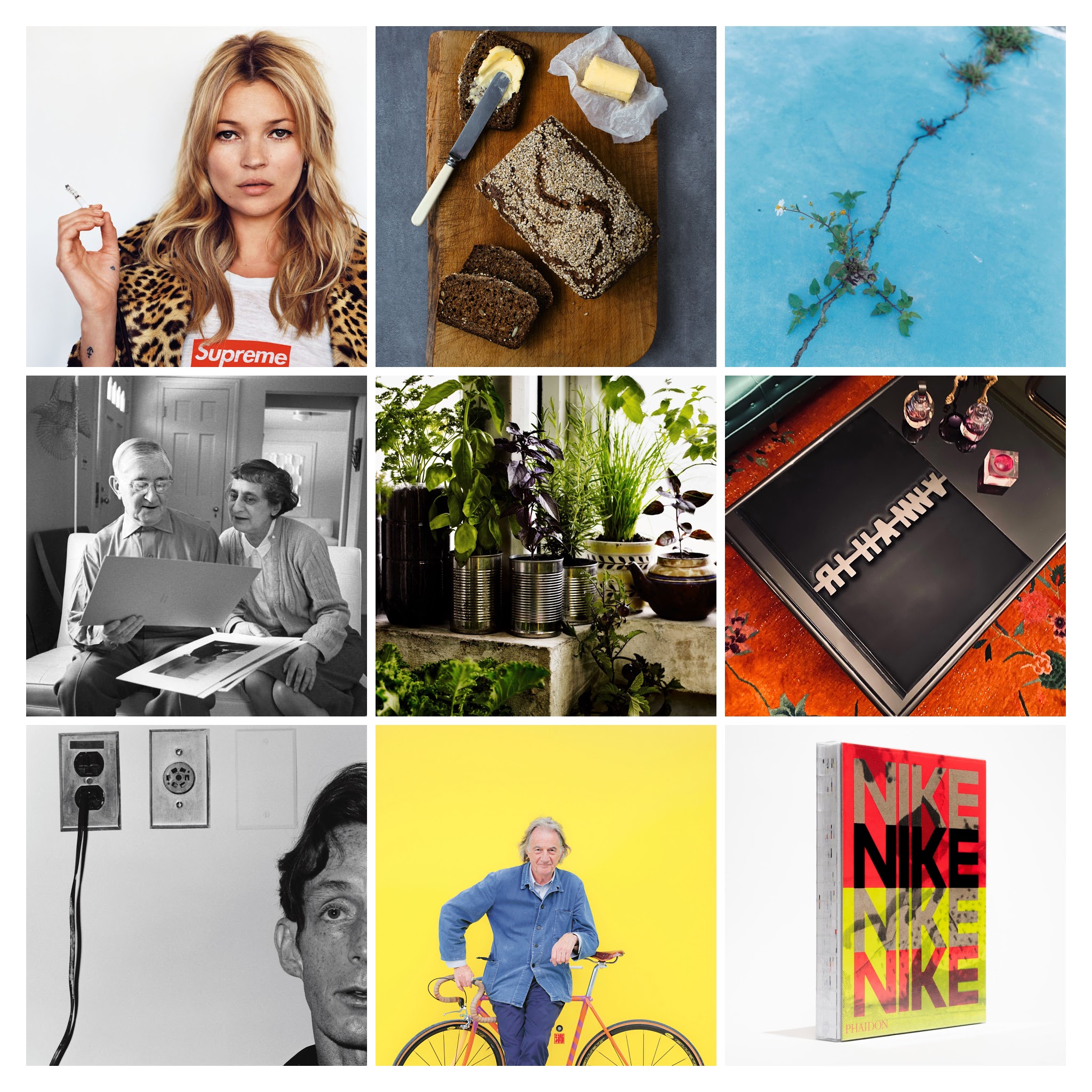
2020 in 20 stories
Here are the things we learned, that surprised us, that made us laugh, (or stifle a tear) and generally got us through this year - all from Phaidon.com
Text and images, whether on the printed page or the ever-present screen, were one of 2020’s saving graces. At Phaidon, we hope we’ve made this year a little easier for you to get through, via our peerless books of course, but also through the stories we’ve published here, on Phaidon.com.
Perhaps you saw inside the humble Belgian apartment where one European painter pioneered surrealism; maybe you dug deep into the traditions of Irish cookery; you could have discovered the role postmodernism played in Disney’s good fortunes; learned how Anni and Josef Albers paired world-class artistry with less-than-perfect geography; found out about David Bowie’s long-standing friendship with one pioneering British designer; discovered the fruitful working relationship between a supermodel and a New York skate brand; or debunked a few cocktail folk etymologies, while learning to mix a great drink or three. As December draws to a close we’ve brought together 20 things we learned from out stories, to see off 2020.
Lizzo keeps her Rihanna book next to her Grammys. Excellent placement. But where would you put our new Queen Size edition?
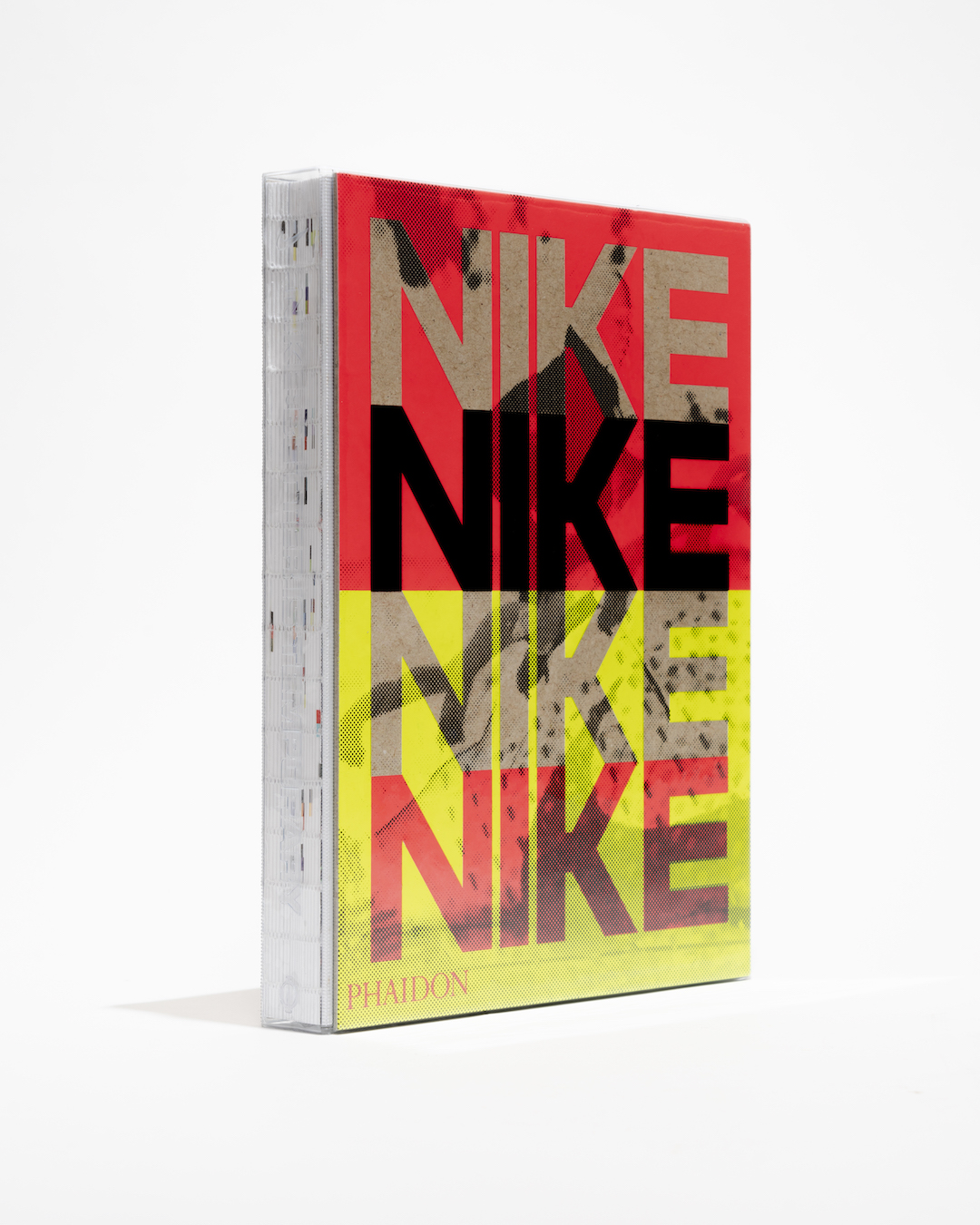
Nike actually makes shoes for runners who don’t want to go too fast. Nike: Better is Temporary showcases world-famous products, such as the Air Force 1, the Pegasus, the Air Max and the Cortez, alongside less familiar ones, including the revolutionary, ecologically focused Space Hippie collection; the Air Zoom UNVRS FlyEase, which features fold-down magnetized heel, to aid disabled wearers; and the CruzrOne shoe, for runners who like to go a little slower.
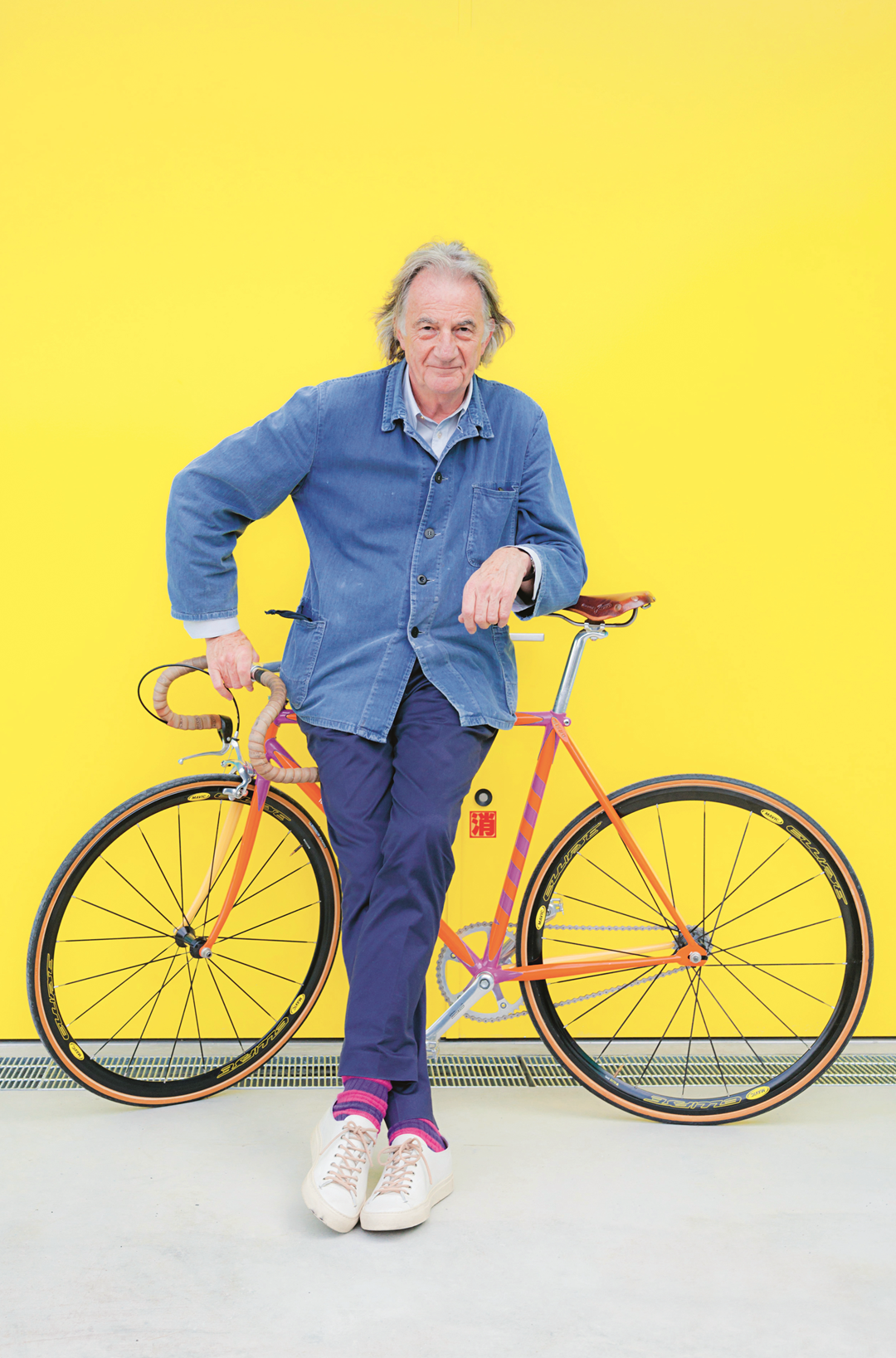
David Bowie called Paul Smith ‘Smithy’ and loved the designer’s collection of odd objects. "David Bowie was very, very special,” explained the designer during one of our virtual events. “He used to come to my old office. He was a very curious man. He used to call me Smithy. He'd say, 'Smithy what does that do?' 'Smithy, why have you got that?' He was an absolute comedian and a very interesting man. Toward the end of his life he dressed very classically and he wore a lot of our day clothes."
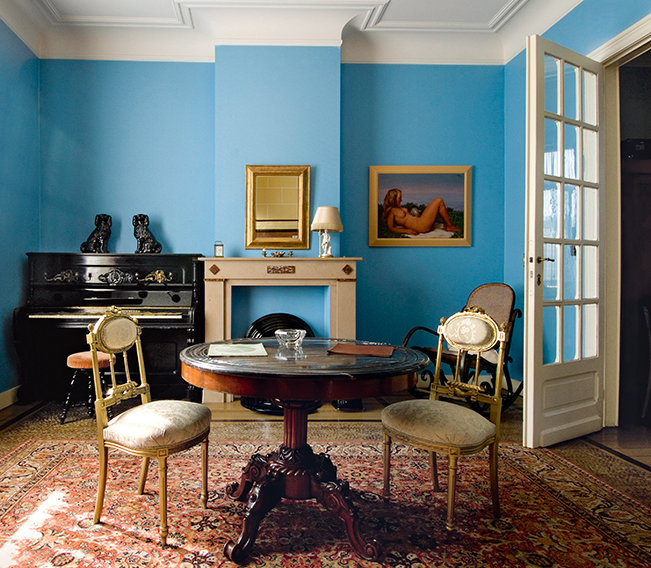
René Magritte painted many of his best-known works in the dining room of his modest Brussels apartment. “Magritte spent the majority of his life in the Belgian capital Brussels, where he and his wife, Georgette, bounced around seven different addresses,” explained our book Life Meets Art. “Their longest stretch, from 1930 to 1954, was spent inside a one-bedroom apartment at 135, rue Esseghem in Jette, on the northwest outskirts of the city. The modest, sparsely furnished dwelling was where Magritte created about half of his oeuvre, usually labouring in his dining room.”
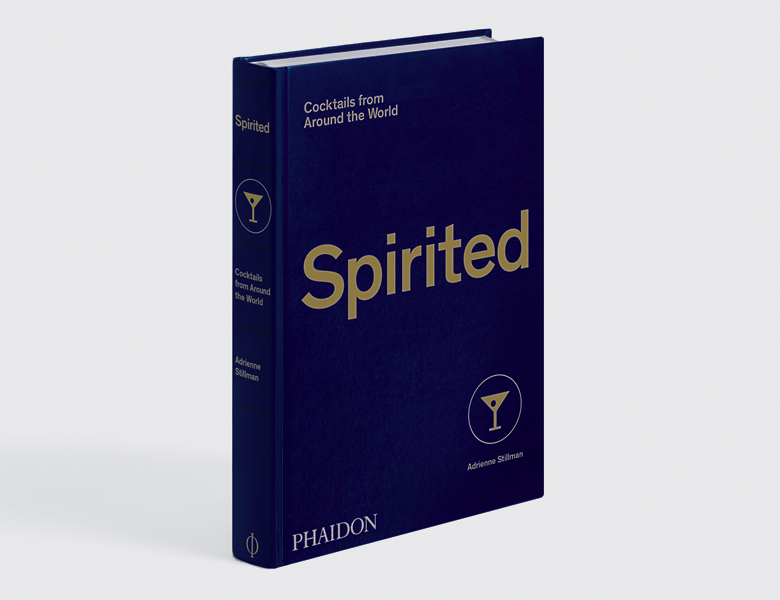
Harvey Wallbanger probably wasn’t a real person. The drink was, wrote Adrienne Stillman in our book, Spirited, “created in California during the 1970s, perhaps by a surfer named Harvey who favoured Screwdrivers with Galliano, perhaps at a house party where a guest named Harvey was purportedly found the next morning banging his head and complaining of a hangover due to too many of these. Most likely the drink was a creation of the McKesson Imports Company, who owned the sweet yellow Italian liqueur, Galliano, and were looking for a way to move this unusual product off shelves.”
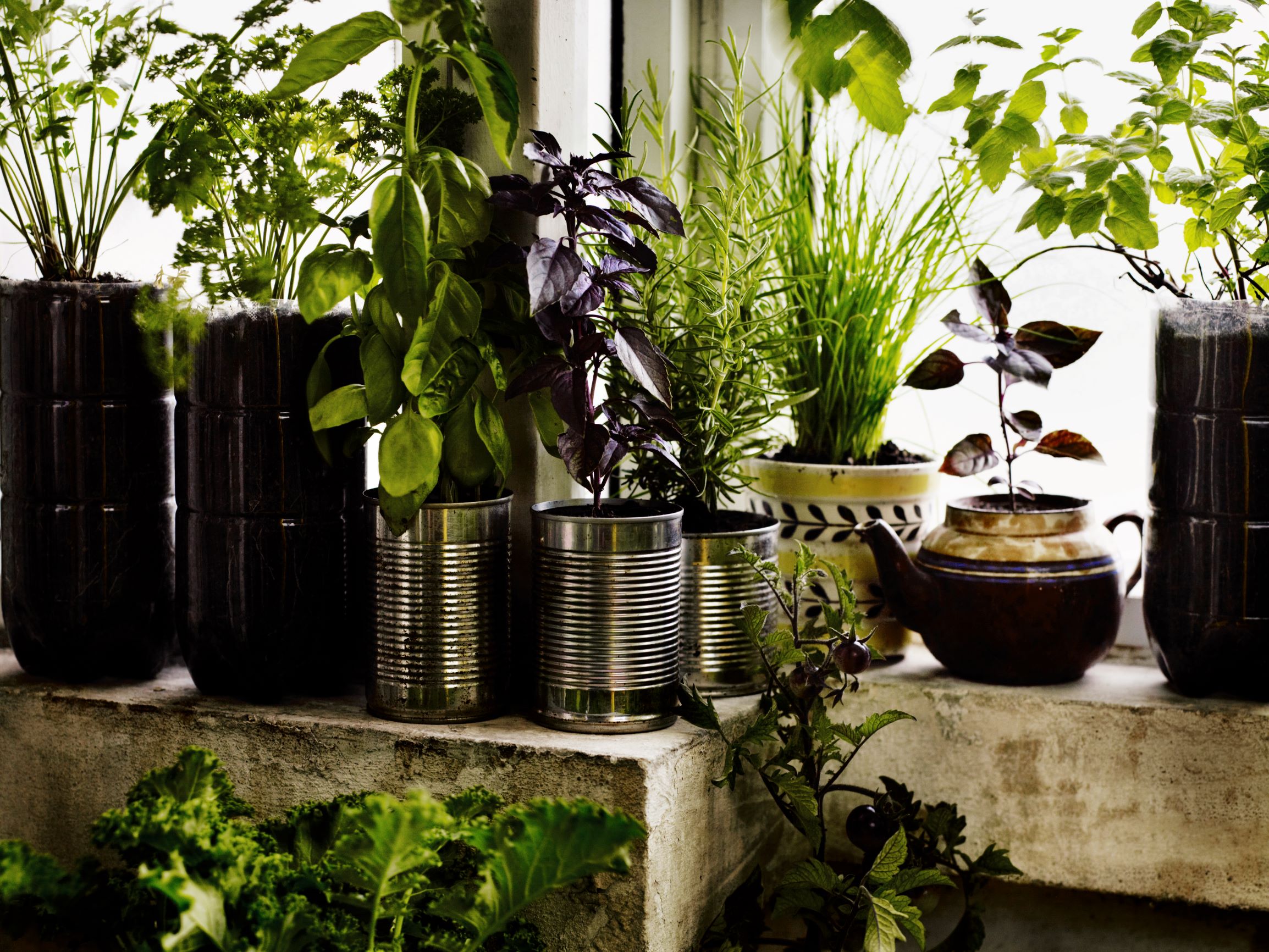
You don’t need a garden to grow your own produce ; a few cans and bottles will do “My friends grow herbs in plastic bottles hanging from the windowsill, and you can easily double the growing space in a window box by hanging pots from it,” wrote Aaron Bertelsen in Grow Fruit & Vegetables in Pots. “Imagine some beautiful olive oil cans planted up with herbs on the windowsill.”
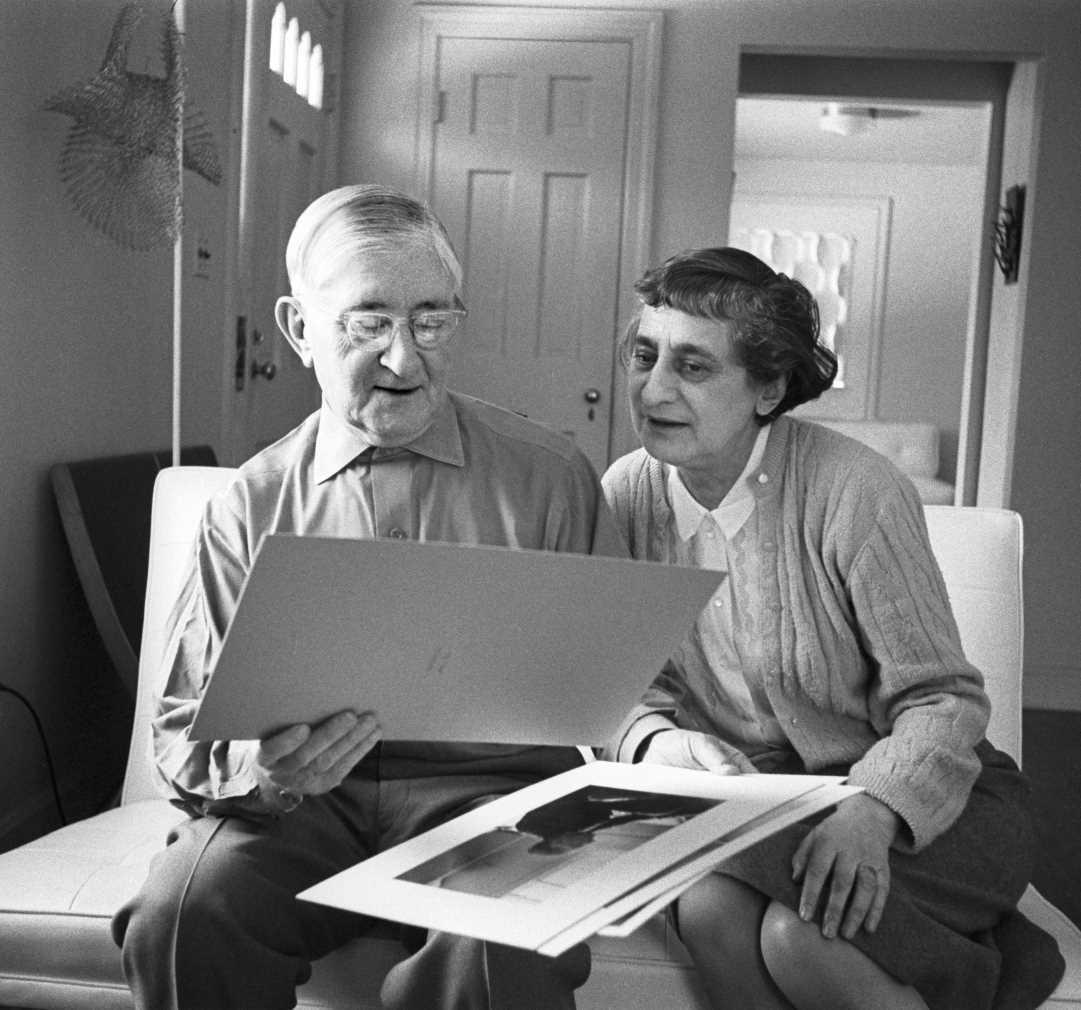
When Anni and Josef Albers were invited by Philip Johnson to escape Germany to teach at Black Mountain College in North Carolina, they had literally no idea where it was. ‘At first, we thought it might be in the Philippines,’ said Anni.
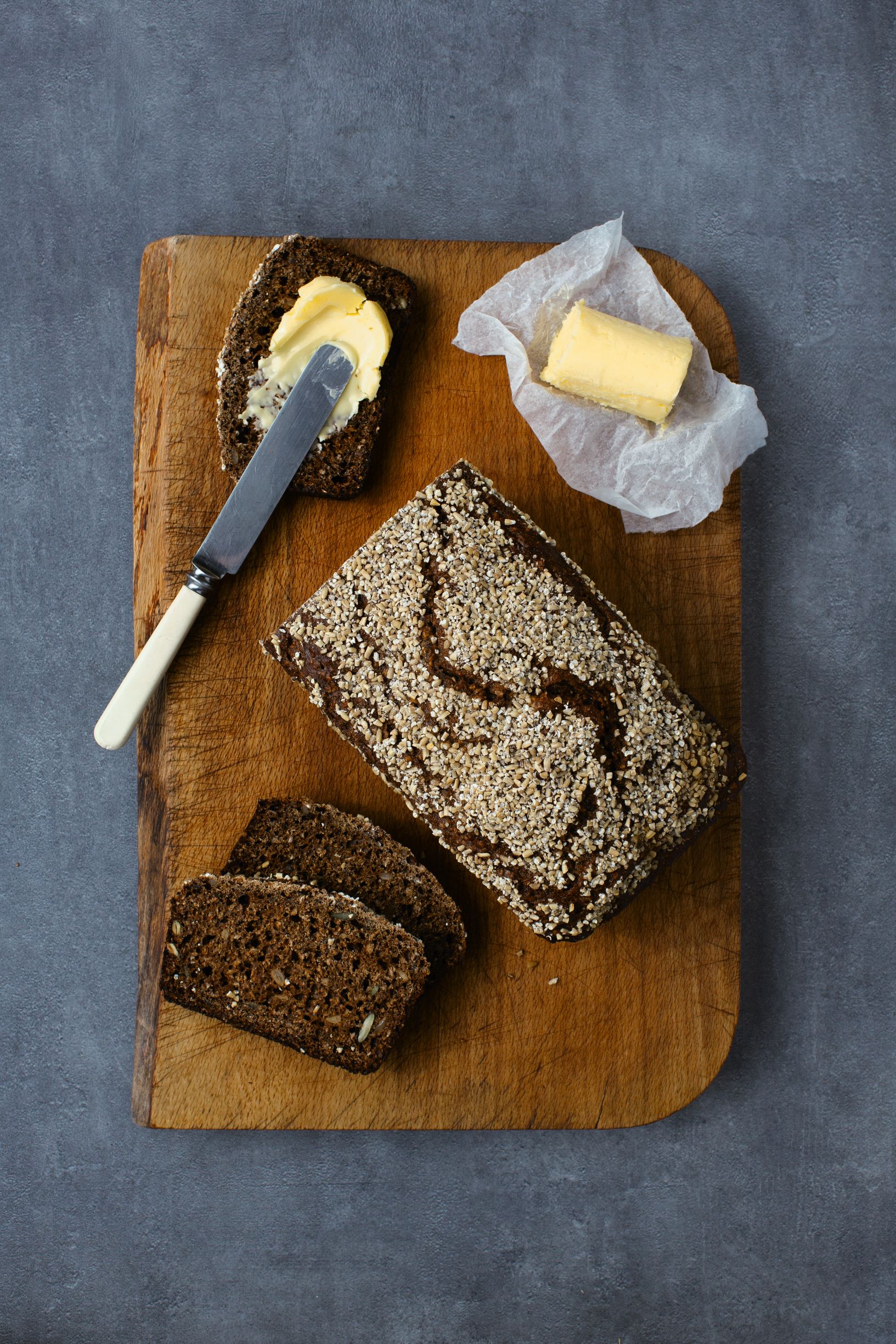
Soda bread isn’t as Irish as you think . “Soda bread, the staple of our grandparents, which we imagine was made in Ireland since the ice age, only emerges in the latter half of the nineteenth century,” wrote Jp McMahon in The Irish Cookbook. “Cheaper wheat from America combined with the invention of bicarbonate of soda (baking soda) and leftover buttermilk (from making butter) turned into a staple.”
Bruce Mau used to get quite lost in the Canadian wilderness of his youth, and that helped him make it big in the urban jungle of the communication business. “Several times I experienced the gut-wrenching panic and confusion of losing my way,” he said. “That feeling—the heart racing, the adrenaline rush, the sudden realization that if I couldn’t get oriented I would be in big trouble—is unforgettable.”
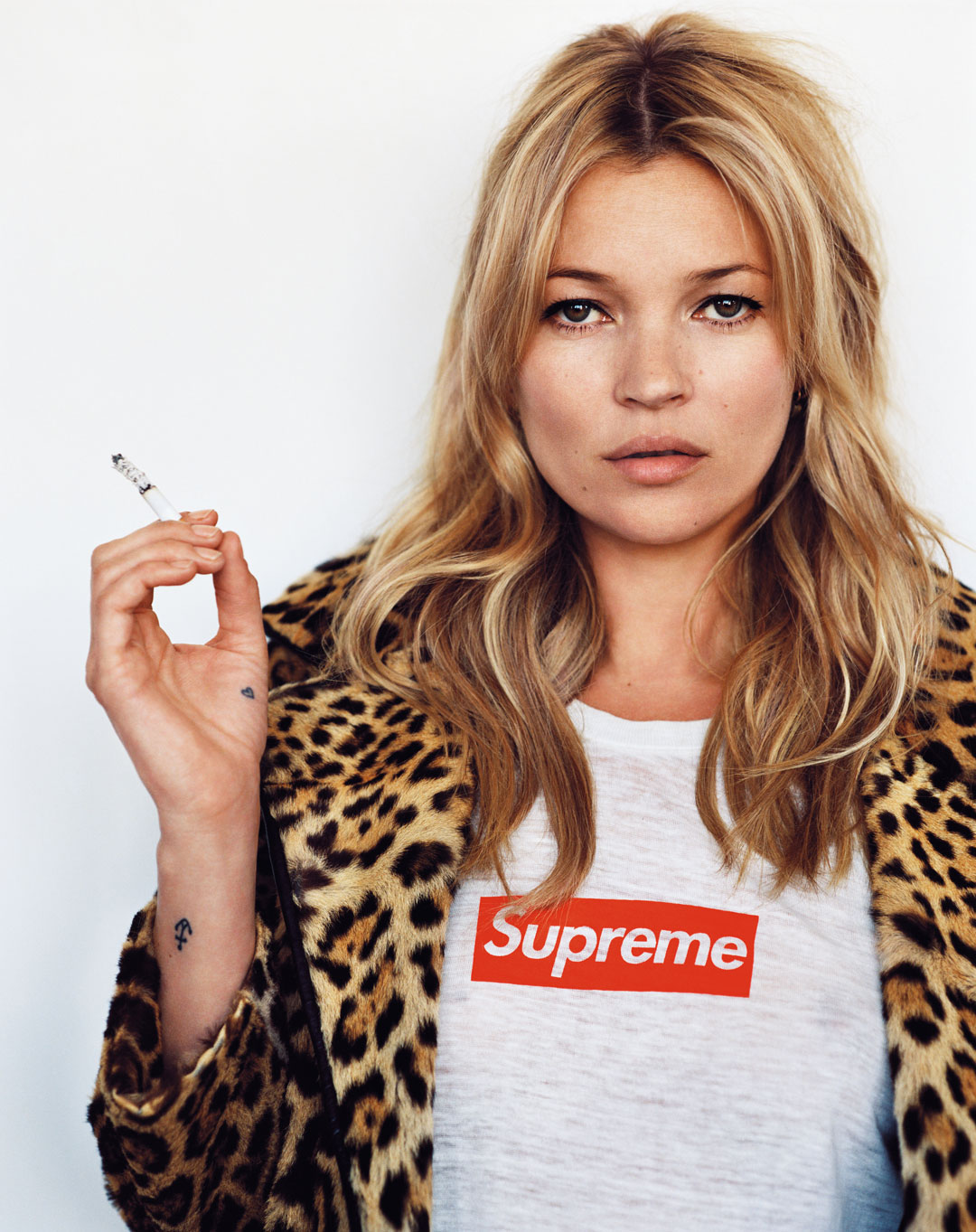
Supreme and Kate Moss have a lot more in common than you might imagine. Back in 1988, when Kate Moss was first spotted by Storm Models founder Sarah Doukas in JFK airport, another British expatriate was making plans, just a few miles away. Supreme founder James Jebbia was born in the US, raised in Great Britain, and moved back to America in 1983. Around the time Moss made that fateful JFK transit, Jebbia – then an employee at the New York clothing store, Parachute – was fashioning his own designs on the world of contemporary apparel. He opened his first store, Union, the following year, in 1989, struck up a working relationship with Stussy in 1991; in 1994, Jebbia opened his first Supreme store – the brand for which he is now best-known. Over the following two and a half decades the two collaborated on a number of occasions: in 2004 to mark Supreme's 10th anniversary, in 2006, and again in 2012.
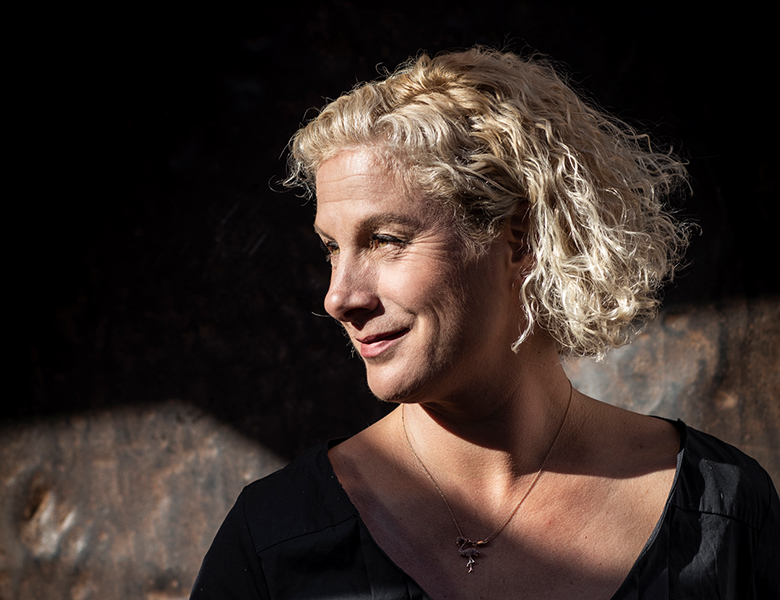
A lack of food led to the award-winning Slovenian chef Ana Roš to switch careers . “The pressure of dance aesthetics made me hate my athletic body,” Roš said in her book Sun and Rain. “My English teacher was the first to notice that I was losing weight too quickly. In those days, anorexia was more of a taboo; no one knew how to talk about it, let alone treat it. Six months after quitting skiing, I was admitted to the central Slovenian hospital having lost 30 kilograms (66 pounds) and shattered a dream. I knew I could never dance again.”
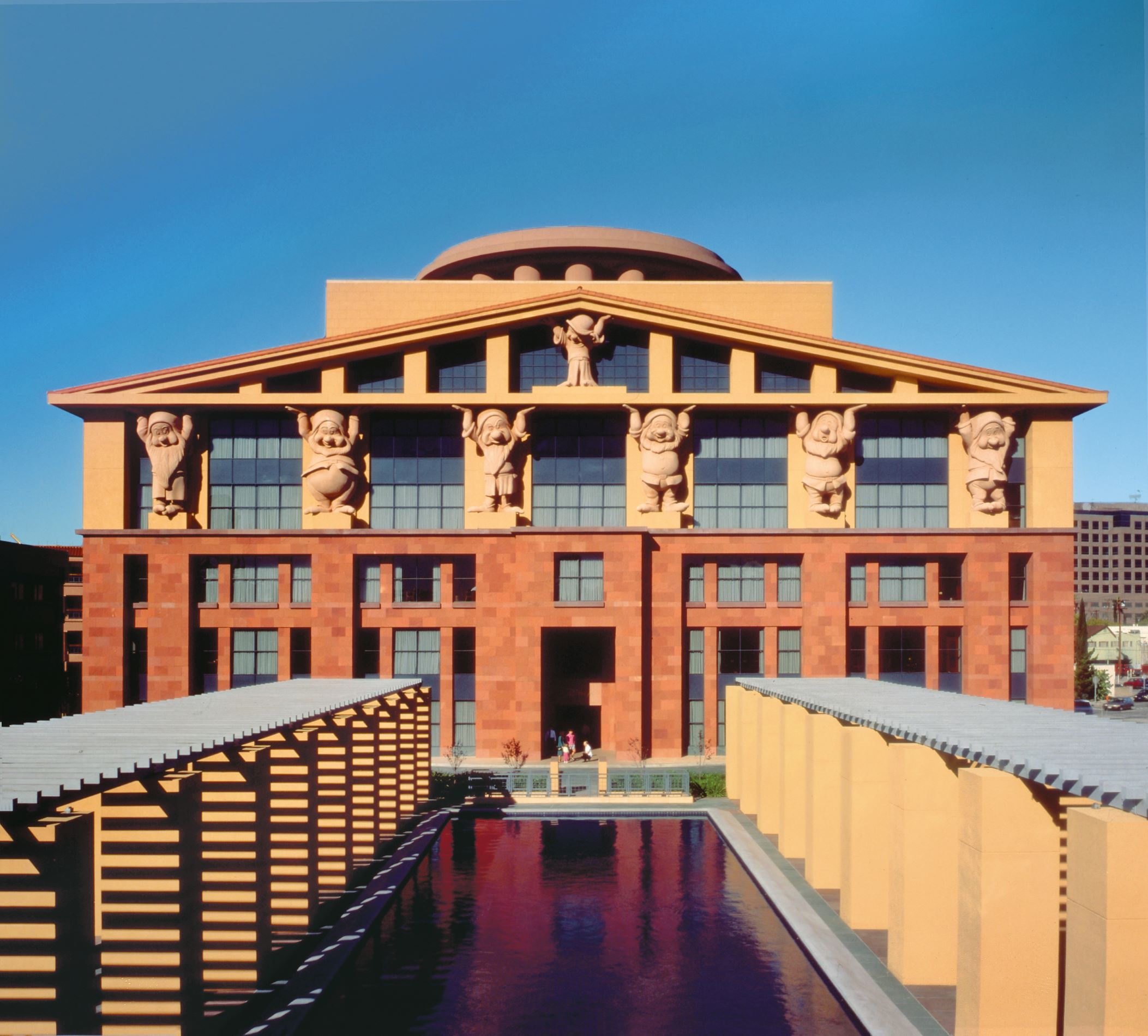
Postmodern architecture may have helped Disney win over big movie talent , as we noted in a piece on Postmodern Architecture: Less is a Bore. “In a 1990 interview with the New York Times, Disney’s then CEO Michael Eisner argued that architects such as Michael Graves, Arata Isozaki and Robert A.M. Stern were ‘The Steven Spielbergs, George Lucases and Woody Allens of architecture.’
“‘George Lucas will see Michael Graves's hotel and he'll want to do movies for us,’ Eisner told the paper. ‘Also, our own people have to be educated. Our own people have to say, every time they do something, “Am I doing it with style? Am I doing it with taste?”’”
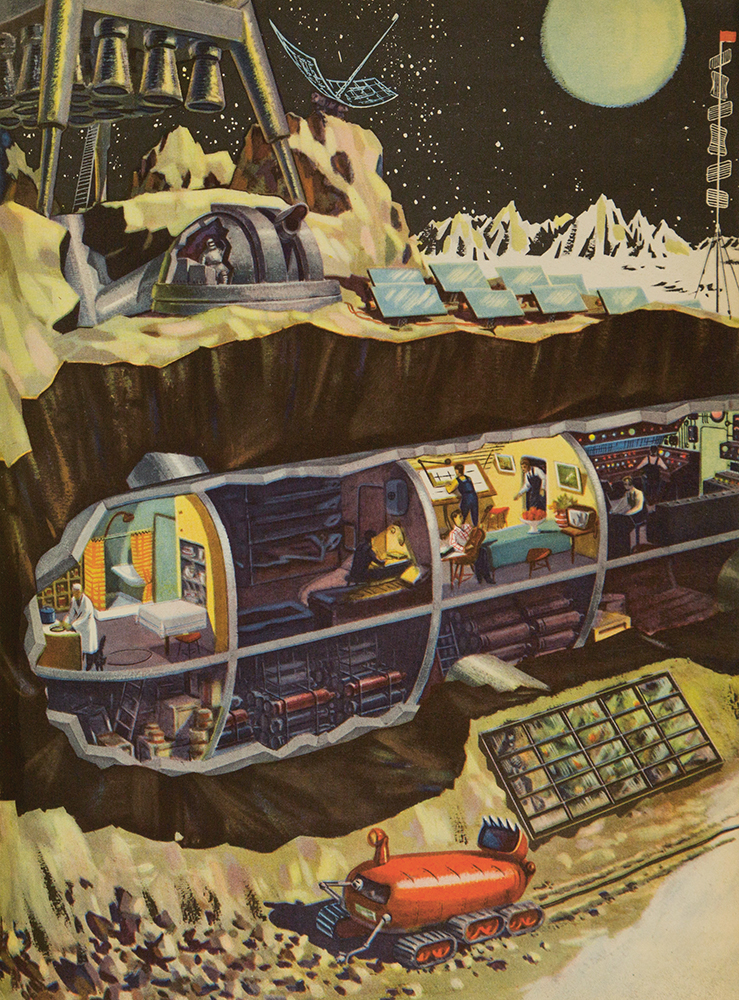
There was a time when the USSR dreamed of communism on the moon . This illustration, which features in our book Soviet Space Graphics, was originally published in the USSR a full decade prior to the successful US mission to the moon. It might look like a work of science fiction, but the drawing by B. Dashkov, for the article 'What Would a Space Station on the Moon Look Like?' was certainly presented as a fully working vision of things to come, rather than a piece of speculative, quasi-fictional whimsy. The picture appeared in a 1959 edition of the Russian magazine Technology for the Youth, which 'chronicled all major advancements of science and technology: the rise of industrialization, the development of nuclear energy, numerous inventions, innovations and discoveries, and, of course, the USSR’s fundamental role in (and contribution to) space exploration,” explained the text in Soviet Space Graphics.

Jeff Goldblum contributed a real love letter to our Fake Love Letters book, in tribute to the cinematic graphic designer, Annie Atkins’ work . It reads as follows.
Dear Reader:
Watching a Wes Anderson movie is a total-body experience. From the first frame, you immediately enter a world ripe with fantasia, mystique, and otherworldliness yet still remain amid objects, the palette, and feelings of the familiar.
Annie Atkins is a master craftswoman in this regard. Under the knowing eye of Wes, Annie coaxes the transcendental into meat-and-potatoes emotional logic. Her designs encompass the extraordinary and ordinary but with a feel and aesthetic of her own. Annie makes the unreal seem hyperreal, and the real more supremely alive and utterly magical.
Sincerely, Jeff
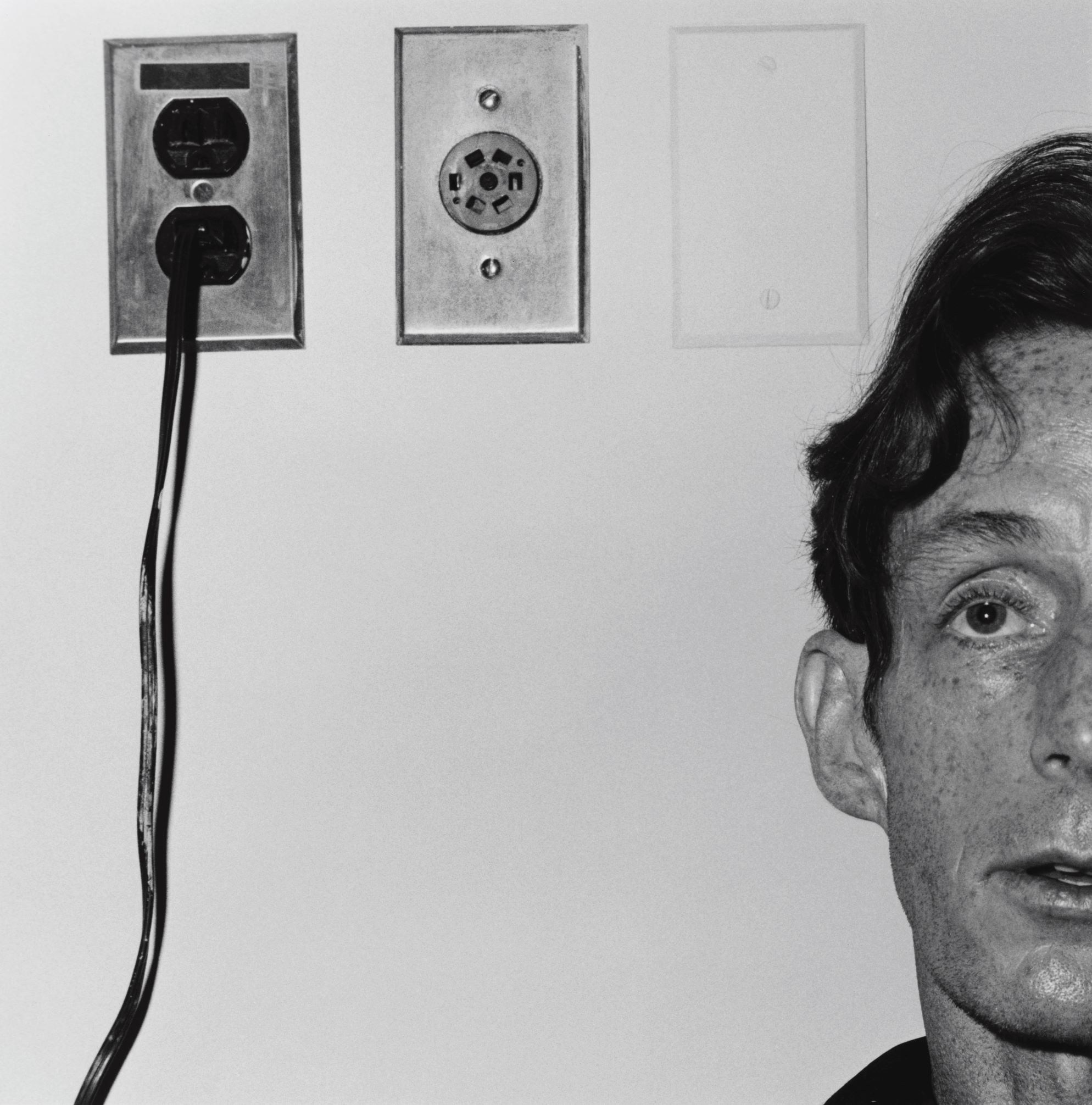
Robert Mapplethorpe immortalised the last day of the man who helped him in his photography career . When Robert Mapplethorpe first met John McKendry in 1971, it was McKendry who knew more about photography. The Canadian-born arts professional was the curator of prints and photography at the Metropolitan Museum of Art, and he took the opportunity to show both Mapplethorpe and his friend, the musician Patti Smith, around the Met’s photographic archives. As the text in our Mapplethorpe monograph explained, the young artist was “fascinated by the idea of photography as fine art and by the printing process. He is particularly drawn to the work of Alfred Stieglitz and Paul Strand.”
McKendry gave Mapplethorpe his first Polaroid camera, and encouraged him to pursue photography more seriously. Unfortunately, McKendry would not live long enough to see his protégé reach the peak of his career. As the National Galleries of Scotland explain with reference to this 1975 portrait – a print of which is in its collection - “McKendry was an alcoholic and this photograph of him was taken in hospital the day before he died [aged 42], his face slathered in royal jelly moisturiser.”
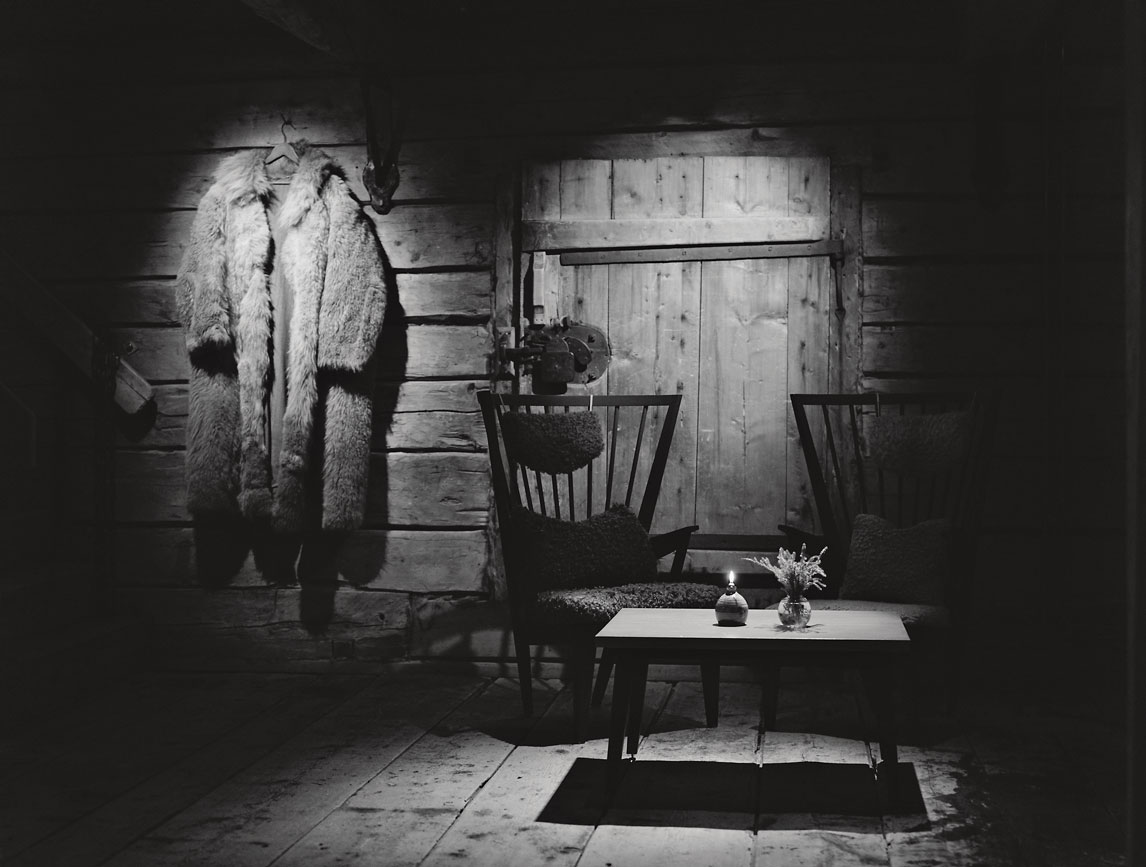
Magnus Nilsson knew his restaurant couldn’t have survived Covid. Though he closed the restaurant in 2019, he wrote in his 2020 book that such places were doomed by the pandemic: “Many in the very top end of the international restaurant community won’t make it. The segment where Fäviken operated is especially vulnerable, not because there won’t be enough people in the world who would be willing and capable of paying to eat there, but because a very large percentage of the customer base for these restaurants needs to travel to get to them. It will take a while before that is possible again, and even many of the more well-managed establishments out there will likely run out of money before they can count on dining rooms being filled with faraway guests again.”
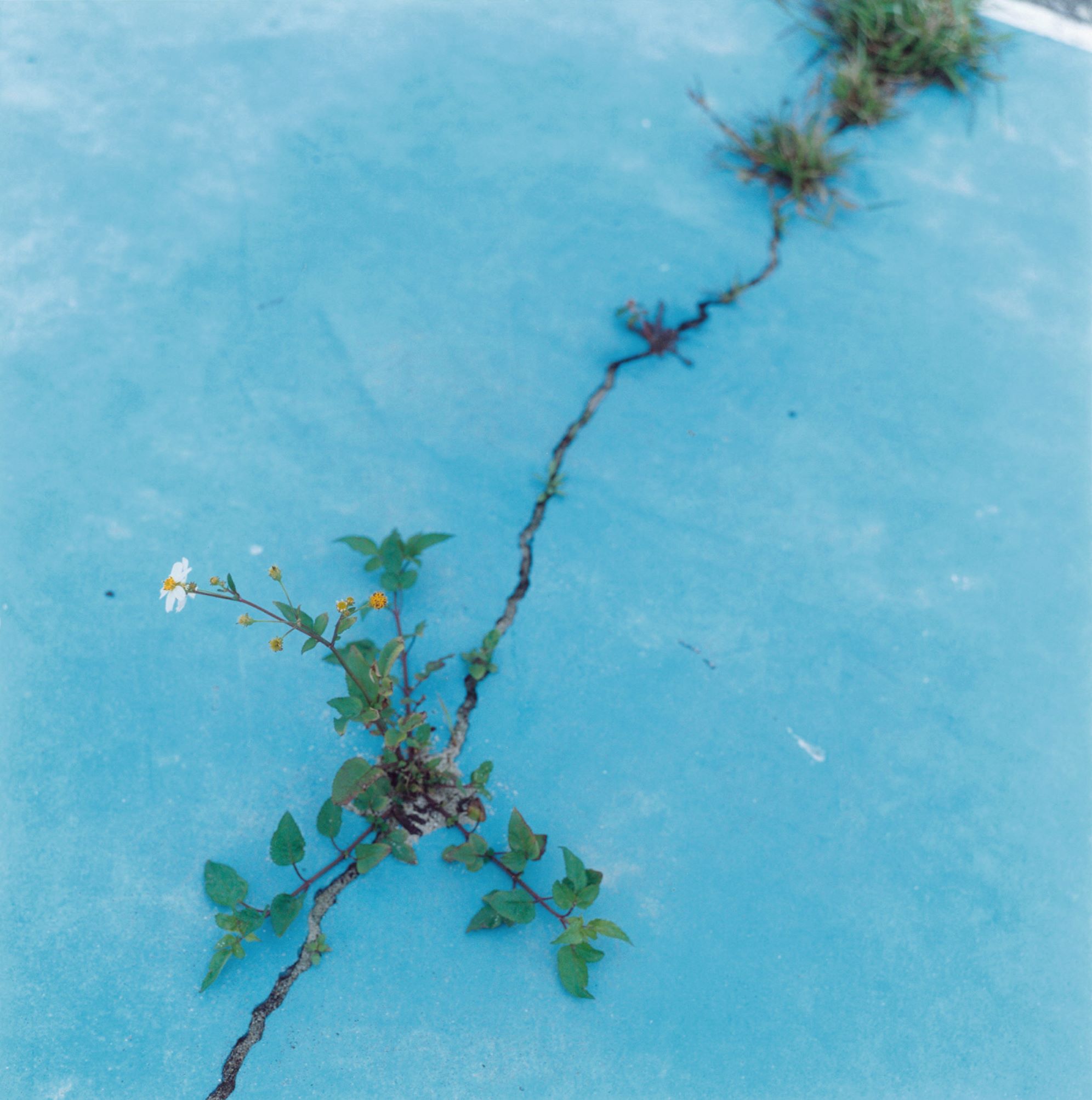
This little weed in a crack expresses Japanese spirituality perfectly . "Central to Japanese photographer Rinko Kawauchi’s approach is the ethos of Japan’s traditional religion, Shinto – in which every living thing has a spirit – a quality that is reflected in poetic images where mundane subjects are imbued with a dreamlike quality,” read the text in our book Flower. “Here, the flower’s determination to reach the light is emblematic of the kind of resilience of which plants are capable: the herbaceous flowering blackjack weed (Bidens pilosa) has made its home in the unlikely place of a concrete crevice."
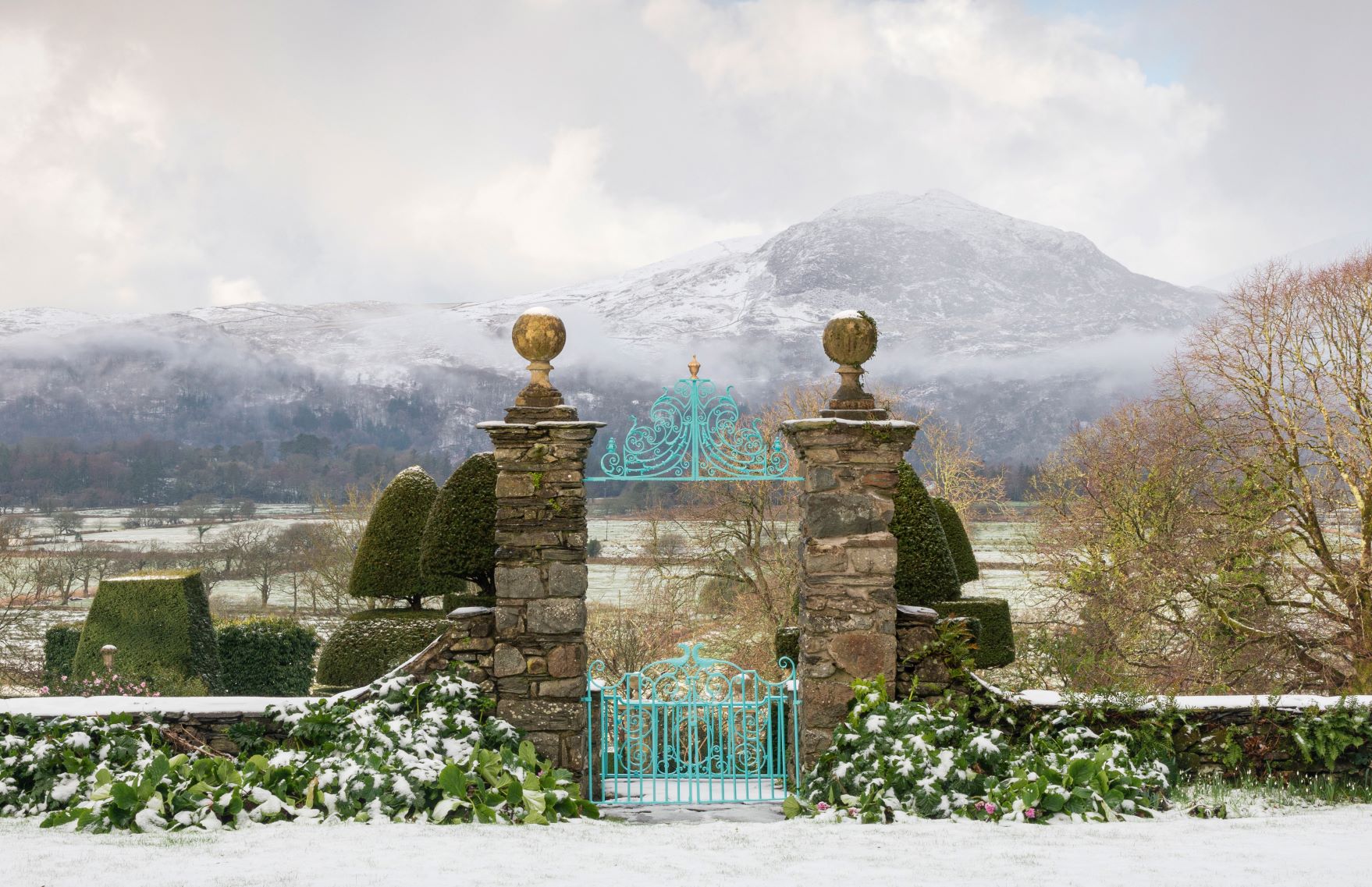
You don’t actually have to own the best bit of your garden, said Toby Musgrave in The Garden: Elements and Styles. Borrowed landscape is “an element of a garden composition that lies beyond the physical garden confines but which is brought into focus as part of the overall visual experience,” Musgrave explained.

Sticking to one look is a smart fashion choice . That’s how Simon Doonan saw things in his book, How to be Yourself. He cites designers such as Tom Ford, Donatella Versace, and the late Karl Lagerfeld, each of whom had “the wisdom to stick with the same look," he wrote. “Sticking with the same look, especially in the whirligig of the fashion world, takes courage and nerves of steel, but the dividends are massive. Recognition and iconic status will never be yours if you keep road testing new styles.”
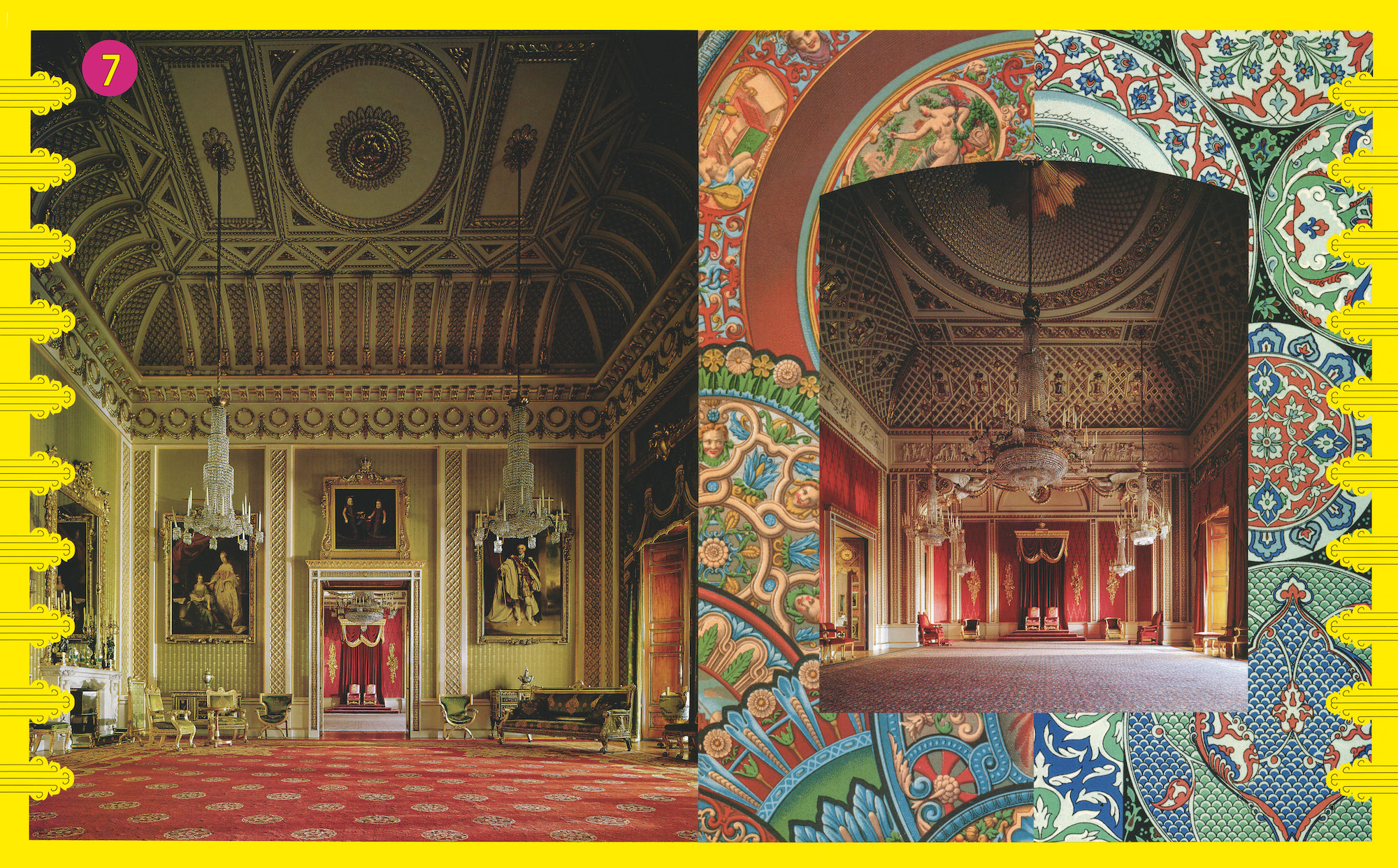
Buckingham Palace could be seen as an unlikely postmodern classic, or so said author and design historian Pat Kirkham in The Best of Nest . “Today, when nothing is considered too eclectic and there is no top to go over, the surfeit of decoration and free plundering of sources – from France under Louis XVI and Napoleon to Renaissance Italy and eighteenth-century Britain (particularly the designs of Robert Adam), with touches of the Rococo and Baroque thrown in for good measure – make the place a postmodern paradise.”
Keep on reading with us, into 2021, via the magazine section of our new site. Happy holidays!